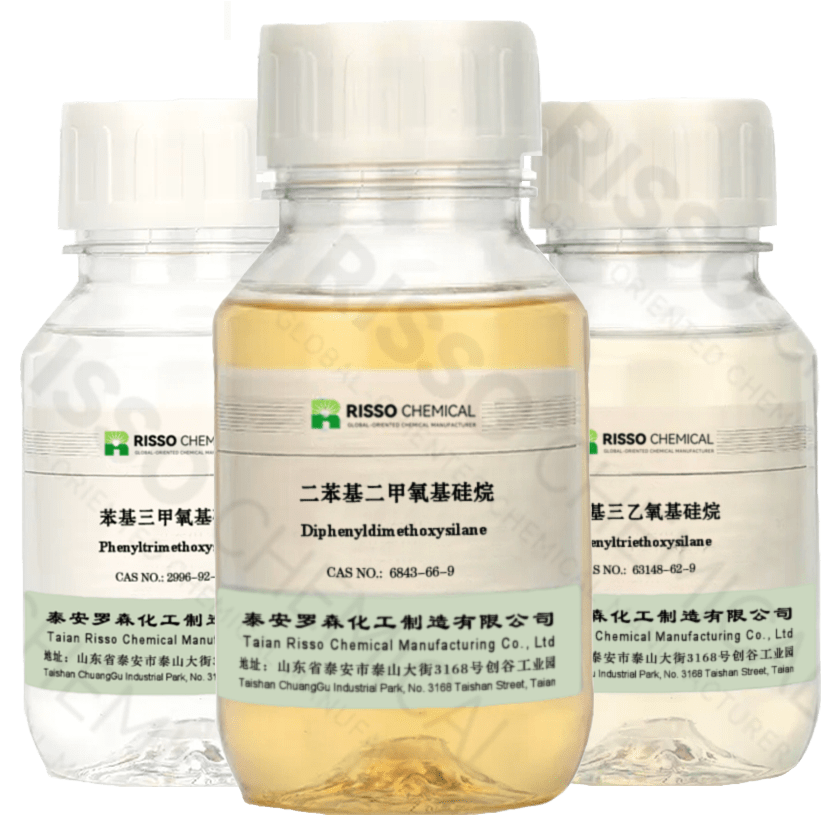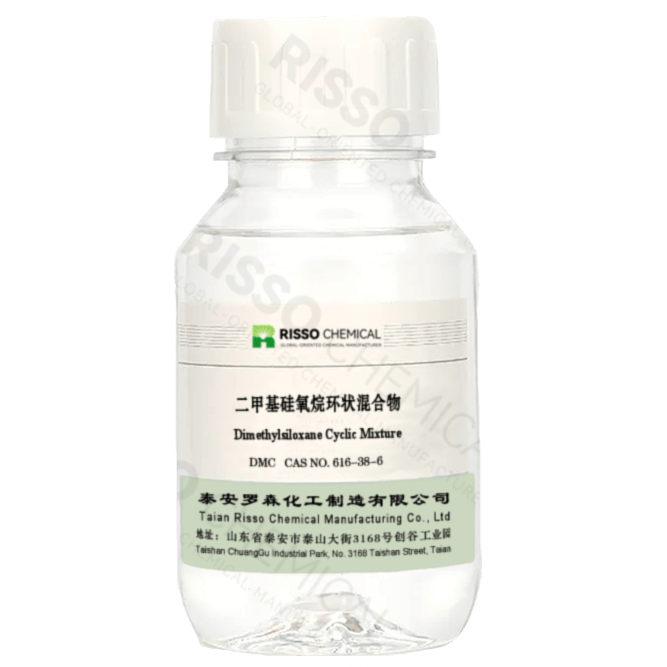
A Comprehensive Guide to Different Types of Silicone Oil
- Blog
- July 24, 2012
- 2:46 pm
【Description】
In this blog, we will delve into the different types of silicone oil, their distinctive properties, and their widespread applications in multiple industries.
Exploring the Different Types of Silicone Oil: Properties and Applications
Introduction
Silicone fluids are an integral part of many industrial and consumer products, known for their unique chemical structure and versatile properties. These synthetic fluids, derived from silicon, oxygen, carbon, and hydrogen, provide excellent performance across various applications. In this blog, we will delve into the different types of silicone oil, their distinctive properties, and their widespread applications in multiple industries.
Table of Contents
1. Polydimethylsiloxane (PDMS)
Polydimethylsiloxane is the most prevalent type of silicone oil, recognized for its broad utility and adaptability.
- Properties: PDMS is characterized by its linear molecular structure, which imparts low viscosity, high thermal stability (withstanding temperatures from -50°C to over 200°C), and low surface tension. Its unique molecular structure contributes to its flexibility and ease of use in formulations.
- Applications: PDMS is commonly found in personal care products (e.g., shampoos, conditioners), lubricants, adhesives, and various industrial fluids. In the automotive industry, it is used in engine oils and hydraulic fluids to reduce friction and wear.
2. Cyclic Silicone Oils
Cyclic silicone oils, such as octamethylcyclotetrasiloxane (D4), are known for their ring structure, which offers unique physical properties.
- Properties: These oils have low viscosity, good volatility, and excellent spreading characteristics. Their ring structure allows them to evaporate more easily, leaving a thin, protective film behind.
- Applications: Cyclic silicone oils are often used in cosmetics and personal care products, providing a silky texture and a smooth finish. They are also utilized in textile treatments for enhanced water repellency and softness.
3. Modified Silicone Oils
Modified silicone oils are engineered to enhance specific properties, making them suitable for targeted applications.
- Properties: These oils may exhibit improved adhesion, increased hydrophobicity, or enhanced chemical resistance, depending on the type of modification. For instance, some modifications can increase the oil’s compatibility with organic materials.
- Applications: Common in coatings, sealants, and specialty adhesives, modified silicone oils are vital in industries that require enhanced performance under challenging conditions, such as automotive and aerospace applications.
4. Amino-Modified Silicone Oils
Amino-modified silicone oils incorporate amino groups into their molecular structure, resulting in improved functionality.
- Properties: These oils offer excellent surface activity and compatibility with a wide range of materials. The presence of amino groups enhances adhesion and can also improve water resistance.
- Applications: Frequently used in hair care products (e.g., conditioners and styling aids), amino-modified silicone oils contribute to improved texture and manageability. They are also utilized in fabric treatments and as additives in industrial formulations.
5. Fluoro-Modified Silicone Oils
Fluoro-modified silicone oils are unique due to the incorporation of fluorinated groups, imparting special characteristics.
- Properties: These oils exhibit exceptional water and oil repellency, low surface energy, and high thermal stability. The fluorinated structure helps them resist staining and surface damage.
- Applications: Commonly used in high-performance coatings, fluoro-modified silicone oils are ideal for applications requiring superior protection against environmental elements, such as in outdoor gear and automotive finishes.
6. Silicone Oil Emulsions
Silicone oil emulsions are stable mixtures of silicone oils with water and emulsifiers, designed to provide unique benefits.
- Properties: These emulsions offer a milder feel, improved spreadability, and enhanced application properties. They can create a protective film while remaining easy to apply.
- Applications: Frequently found in personal care products, silicone emulsions are also used in textile treatments to impart softness and water repellency. Additionally, they serve as additives in various industrial formulations.
7. High-Viscosity Silicone Oils
High-viscosity silicone oils are designed for applications requiring significant damping properties and resistance to mechanical stress.
- Properties: These oils have higher viscosity levels, contributing to their effectiveness in applications that need thick lubricants or cushioning materials. They also exhibit excellent thermal stability.
- Applications: Commonly used in automotive applications for damping and shock absorption, high-viscosity silicone oils are also utilized in hydraulic fluids and as lubricants in heavy machinery.
Conclusion
Silicone fluids are versatile materials that encompass a wide range of types, each tailored for specific applications and performance characteristics. From the widely used PDMS to specialized formulations like amino-modified and fluoro-modified oils, silicone oils are integral to industries such as personal care, automotive, textiles, and electronics. Understanding the different types of silicone oil enables manufacturers and consumers to select the most suitable product for their needs, ultimately enhancing product performance and reliability.
Popular Recommendations
- Most popular products
TRENDING
- Address: Daiyue Industrial Park, Taian, Shandong, China


